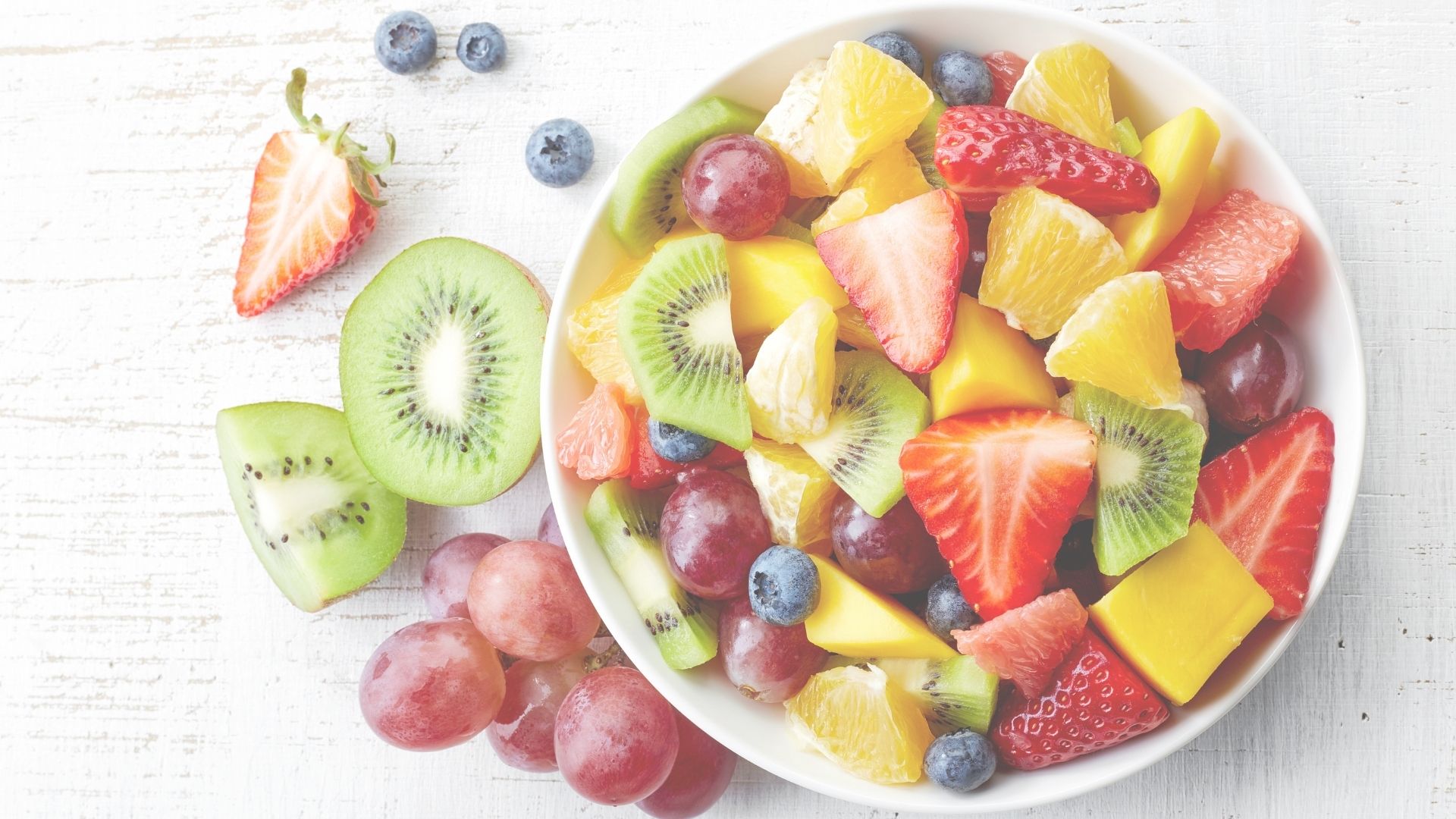
Brazilian fruits export operations
Brazil is well known for being a major player in the agribusiness scenario, always remembered for the export of meat and soy, for example. However, our lands have great producing (and exporting) potential due to our climate conditions and fertility of our soil. In this sense, do you know what Brazilian fruit production is like and what is its impact on exports?
Currently, Brazil occupies the third position in the world among the largest fruit producing countries, behind only China and India. About 44 million tons of fruit are produced here, which means there is a great chance that the fruit you eat is produced in the national territory. The majors in Brazilian production are the states of São Paulo, Bahia, Minas Gerais, Rio Grande do Sul, and Pará, which mainly export orange, banana, lemon, papaya, pineapple, grape, apple, watermelon, and coconut, and together comprehend 5 thousand hectares cultivated. In this scenario, one must imagine that Brazil occupies a great position in fruit exports, right?
However, those who analyze only from the volumes produced are mistaken. Even though its growing potential, the country occupies the 23rd position as a fruit exporter in the world: only 3% of what is produced here is exported!
In a decade, from 2010 to 2019, there was a 5.2% growth in fruit exports. It can be said that even slow and full of uncertainties, the scenario, however, is positive. Brazilian fruits have proven its quality and Europe is the biggest importer of them. In 2019, the Netherlands was the destination for 32% of Brazilian fruit exported, followed by the United Kingdom, with 5%. Spain, Portugal, and Germany are also major buyers, but the Brazilian fruit trading exports survives not only from Europe. The United States, Canada, and Argentina are among the first places in the ranking, according to the Brazilian Association of Fruit and Derivatives Producers and Exporters.
Comparatively, the scenario from 2020 to 2019 had a variation of 20%, reaching a record of US$1,060,645,476 exported in 2021. With the markets in Europe consolidated, a positive growth scenario is foreseen, in addition to the potential of new markets, such as China and other Asian countries. It is estimated that exports of melons, grapes, mangoes, and lemons to the Middle East and the United Arab Emirates will increase, according to the market.
However, one cannot forget the different requirements applied when we are talking about an international scenario, such as protocols, phytosanitary analyzes and certificates. For Islamic countries, for example, Halal Certification is required, which certifies that the company, its processes, and products follow the legal requirements and criteria determined by Islamic jurisprudence. Internally, there is also a tendency to apply efforts to demonstrate the quality of our fruits compared to the international market. For example, MAPA (Ministry of Agriculture, Livestock and Supply) created the Certification PIF, which stands for “Integrated Fruit Production”, that aims the quality and traceability of the process, providing reliability that the production process was carried out respecting human rights and the environment preservation, granting a certification seal to the farmer.
Considering the international scenario, there are challenges regarding the logistics carried out to transport these products. The storage and transport of this type of cargo must be chosen carefully, as the products need to be consumed fresh, and delays and poor conservation directly impact the quality of the product for sale.
However, the scenario is promising. Brazil can and will export more and more because it is one of the few privileged countries in the world with land, appropriate climate, and technologies to produce in all regions of its territory throughout the year. Comparing the volume of what we export and Brazilian fruit production, one can see the size of the country’s potential to conquer the international market.
It is also interesting to note that the Brazilian market does not compete in first instance with the international market in terms of consumption. While Brazilians are mainly looking for bananas, apples, oranges, and papayas, the most exported fruits and those with the highest economic return are mangoes, melons, grapes, lemons, and limes. Interestingly, however, the biggest fruit exporters in the world, the United States, Ecuador, China, Chile, and Spain, are also the biggest traders of grapes, apples, and bananas, which results in strong competition.
In addition, we cannot forget the importance of oranges for Brazil and the world. Today, Brazil is the largest producer and exporter of orange juice, exporting around 1 million tons a year, which represents 81.5% of the world trade in orange juice.
Therefore, the trend is positive. As with other markets, there are obstacles and challenges to overcome in order to extract the full potential of the country in this area. Technological advances generate more experience initiatives in the sector and demand government efforts to make growth feasible. For now, it is enough to know if we will be able to take advantage of what we have in our favor.